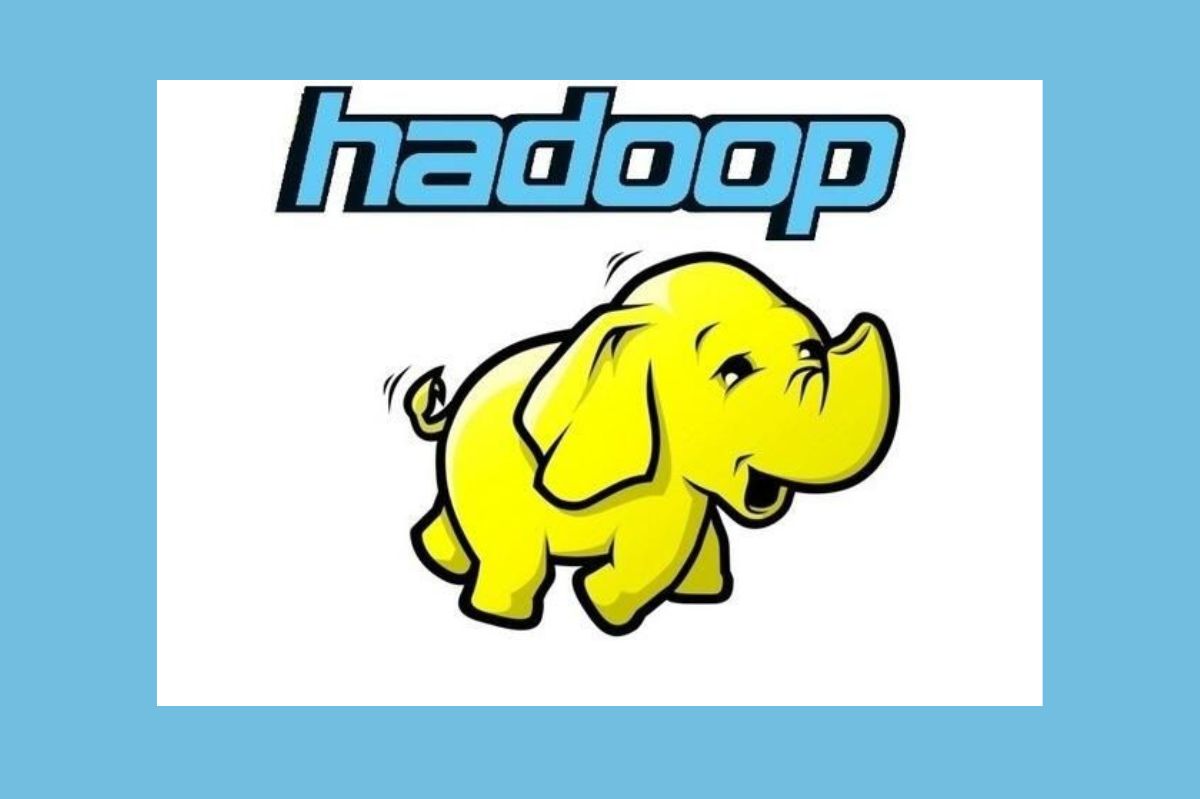Table of Contents
What is Hadoop?
Hadoop supports analytics by handling unstructured data that increasingly comes from the world of social media and the Internet of Things. Through this framework, we can work with applications faster, taking advantage of storage optimization techniques. It is an Apache project designed and used by a global community of contributors using the Java programming language.
How do applications work with thousands of data? Because of the framework that processes and manages unstructured data that comes from the digital world, for example, but also from the Internet Of Things. Among the contributors, Yahoo makes great use of it, but Facebook, Linkedin, Spotify, and the New York Times can no longer do without it.
How Hadoop works
Hadoop is a collection of data nodes that form an HDFS, also known as a Hadoop Distributed File System. The main component is Hadoop Common, which provides access to the file system supported by Hadoop. It is signed by Apache, uses the Java programming language, and supports free license applications. The Hadoop Common framework includes the jar file and scripts needed to operate the framework. The package also contains the source code, the necessary documentation, and a section with Hadoop community projects. If we take a standard configuration as an example, to start Hadoop analysis, the storage resources must be connected directly to the system.
What are the analyzes that Hadoop allows you to perform?
Thanks to this framework, we can process large amounts of unstructured data through the computing resources of the same framework. Big Data comes from various sources, but the most authoritative are those generated by the Internet of Things. It takes advantage of the HDFS system to process data, which allows it to directly process the data nodes without having to transfer the data to the computational system. The framework environments are all equipped with local storage systems.
How does it work? Through the MapReduce function, the transformation of this data is done 100%. Each of these nodes processes the data based on the request received and then transmits the results obtained to a master node, which stores them. The computational nodes connect in shared storage, and this aspect gives the framework multiple storage strategies. To take advantage of this tool, it is important to install an HDFS-compatible plugin, contact the vendors who make it available or use S3 (Amazon Simple Storage Service) to read and write files on Amazon Cloud storage.
Why Use Hadoop?
This framework allows us to streamline the storage of large amounts of data and save money over time by not forcing us to use a traditional relational database. Minimizes downtime due to immediate provision of data that is not transferred over the network and increases overall reliability because all systems are managed at the application level.
Also Read : What Is a Startup?







